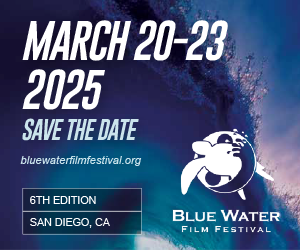VFX powerhouse Rhythm & Hues celebrates 25 colorful years, embarks on more ambitious projects and plans bigger expansion overseas.
Although average moviegoers may not be able to identify the work of Rhythm & Hues, they’ve been enjoying the impressive handiwork of the studio’s artists for 25 years now. Whether it’s the two Babe movies or live-action adaptations of toons such as Alvin & the Chipmunks, Garfield, Yogi Bear and Scooby-Doo or more sophisticated outings such as The Golden Compass, X-Men: First Class and Percy Jackson & the Olympians, the smooth CG work of R&H has left a big impression on our pop culture landscape.
Founded in 1987 by John Hughes, Keith Goldfarb, Pauline Ts’o, Frank Wuts, Charles Gibson and Cliff Boule (former employees of Robert Abel and Assoc., which specialized in TV commercials with computer graphics), R&H evolved as a leading producer of vfx and character animation. After acquiring VIFX from 20th Century Fox in 1999, the shop continued to expand its reach overseas. R&H has also opened two additional production facilities in India (in Malad and Hyderabad), another one in Kuala Lumpur, Malaysia and one in Vancouver, Canada. The studio will continue its international growth with plans to open a third studio in India, and two in Taipei and Kaohsiung, Taiwan this year.
“What made us famous in the feature world was the happenstance of developing technology that was used in the original Babe in 1995,” says Lee Berger, president of the studio’s feature film division. “We developed a method to make animals talk that no one had done before, lighting the interior of mouth, changing the expression of the face and, overall, using a more realistic approach. People in the industry came to think of us as the studio that could do photo-real animals, before the technology was there to do full-body animation.”
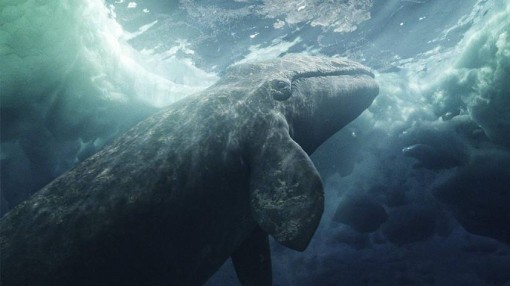
As more family movies began to spotlight talking animals, like Cats & Dogs and Scooby-Doo, photo-real animals began to supplement animatronics.
“Hollywood was able to mine a lot of these cartoon characters using this technology that we were known for,” adds Berger. “It was a combination of the technology, timing and luck, as is everything!”
Berger also brings up the point that Rhythm & Hues offers artists a great work environment.
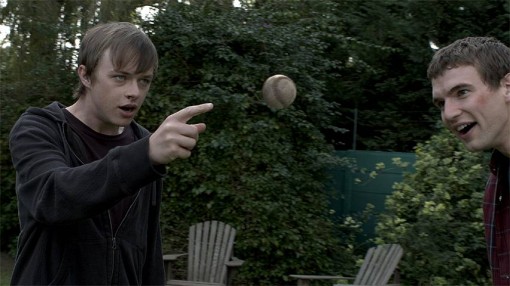
“We’re privately owned and not a big corporation,” he notes. “John Hughes, Pauline Ts’o and Keith Goldfarb have fostered an environment that’s about the employee. We still have a mom-and-pop atmosphere; People like to work here. We’re vendor-oriented and try to accommodate the client and do good work. I think all those factors work in our favor.”
The film division’s topper says he’s been very impressed with the recent work the shop has delivered for movies as wide-ranging as Chronicle, Big Miracle, The Hunger Games and Life of Pi. But he is also quite clear about the economics of the industry today.
“It’s no surprise to anybody that animation and visual effects are played on a worldwide stage,” Berger points out. “It used to be all L.A.-centric back then, but we had executives here with more foresight and that’s why we opened up our international facilities to make use of the economic incentives and mine the artistic resources of other countries. We went to India in 2001 and started our company so that we could teach Indian professionals about our software. We wanted to make them part of our culture. We follow the same philosophy in our other studios. The L.A. studio [which is based in El Segundo] has about 750 employees; overall our numbers are about 1,300. Since we started our offices overseas, we have doubled in size.”
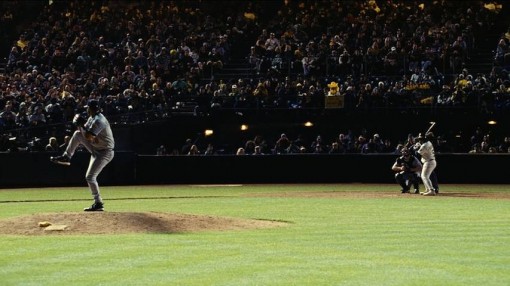
Evolving from Flying Logos
Clark Anderson, director of the shop’s commercial division, who has been with the company since the beginning, remembers working on computer-generated flying logos with John Hughes back when they were both at Abels. He also believes that R&H makes a special effort to take good care of its artists.
“You got to do good work and you got to keep the talent happy and that’s one thing that R&H does better than anyone else,” says the industry veteran. “We’ve had lots of ups and downs through the years, and John had many opportunities to let a bigger studio like Fox buy us, but he never wanted to do that. It was very important for him to keep the unconventional rules and quality of life around here. He is a businessman, but he also wants to keep the artists happy to do what they do.”
The commercial division of R&H employs six or seven live-action directors and a core of about a dozen artists. Anderson says when the division is busy, they can draw from the resources of the studio. If you’ve seen a photo-realistic animal in a clever commercial on TV recently, chances are Anderson and exec producer Paul Babb were behind the seamless effects.
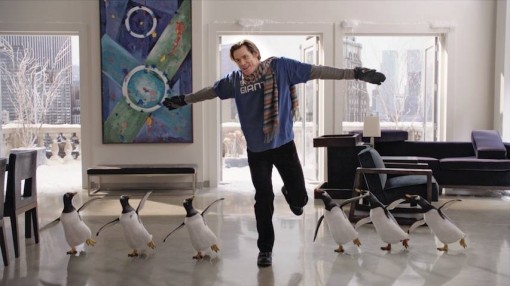
“We have a nice mix of cute characters, creatures, race cars,” he says. “I’ve never grown tired of the fact that I get to get up every day, work with some very smart, creative, hardworking people, and we get to create something together.”
All the World’s a Stage
Prashant Buyyala, the managing director of R&H’s international facilities, first joined the company as a summer intern who worked as a field camera operator.
“I was completely drawn to the studio because of its culture, the people and its unique values,” says Buyyala, who spends a lot of his time traveling to the studio’s new facilities in Taiwan. “The kind of freedom employees have here, the access they have to John Hughes and the rest of the top directors is pretty amazing.”
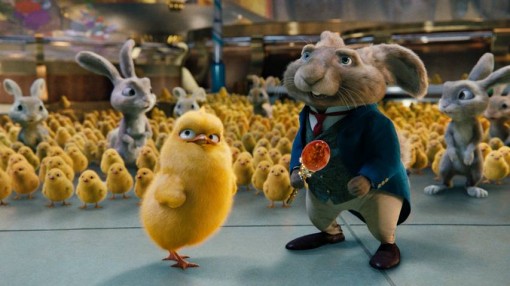
Looking back, Buyyala remembers a time when the senior management had to come to terms that R&H had to take action to be a player on a global level.
“We realized that the visual effects and animation business was becoming a more international playing field; our own employees were 50 percent from all over the world. We were getting competition from the U.K., Australia and Canada and other regions that offered tax breaks and government incentives. India and China are going to be huge economic markets. So we had to start adapting to the new climate.”
Buyyala also brings up a certain paradox—that many felt that by growing the studio overseas, a lot of jobs were going to be taken away from Hollywood. But he insists that because the company has been able to keep its doors open and offer competitive prices to the global market, more jobs have been added at the L.A. studio. “Embracing globalization has allowed us to tackle more work and compete against some of those tax incentives,” he says.
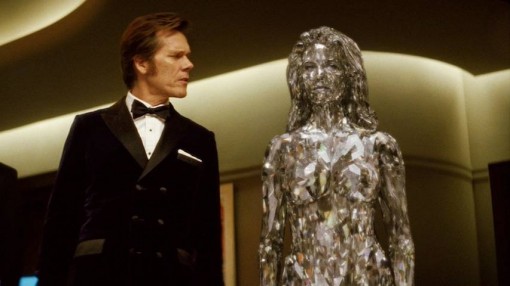
The next goal for R&H is to leverage its strength to co-produce its own content, which is something Lee Berger and his team are focusing on. The studio was a co-producer on Warner Bros.’ 2010 feature Yogi Bear, which made over $201.5 million worldwide.
“One of our biggest challenges continues to be acquiring vendor work from the studios,” says Berger. “We need to keep our employees busy while giving the studios quality that fits their budgets. Although Hollywood studios have a lot of visual effects work, money is tight. We’re always trying find ways to produce that product for the right price.”
But no matter how much effort it takes to keep the clients happy, Berger says it’s all worth it when he and his team are able to see the final fruits of their labor.
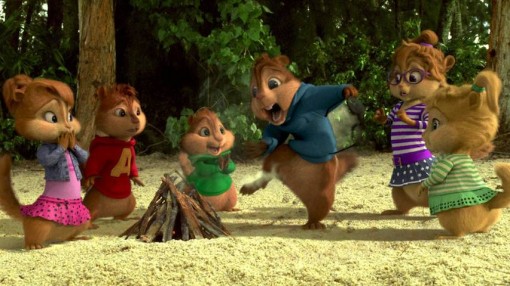
“You see the final film or ad, and realize the skill level and artistic achievements of the people you work with…and that’s one of the great rewards, regardless of the long process. You look at the movie and say, ‘Wow, we did this!’
For more info about the studio, visit www.rhythm.com.



